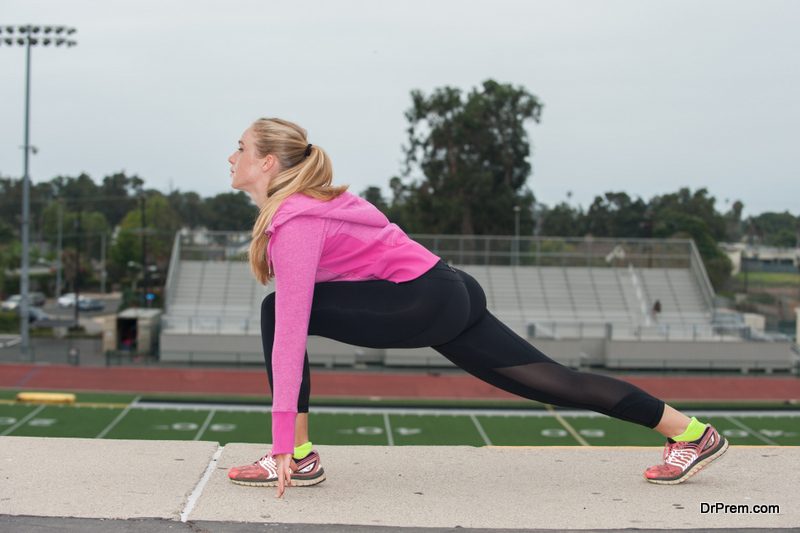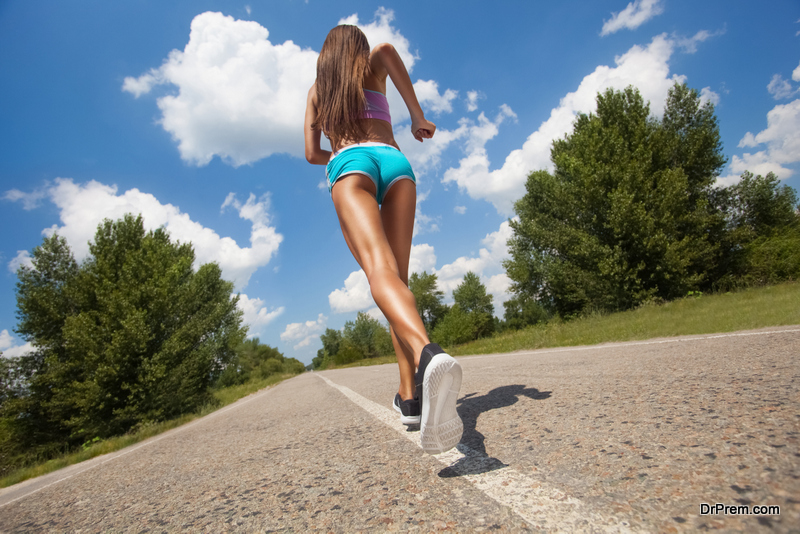In 2019, although Pilates, yoga, barre and other low impact forms of exercise are becoming more and more popular, there will still be a great many runners getting their cardio fix in the fresh air. It’s become more commonly recognized that running can have devastating effects on the feet, knees and back if proper technique is not applied. But, as long as you don’t push yourself too hard or fall prey to poor habits, there are many benefits to jogging regularly.
This post will discuss running gear that can help support you in your jogging routine, and strategies for maintaining good foot, knee and back health along the way:
Technique – first off, we’ll tackle a few points on form that can benefit seasoned veterans and bright-eyed beginners. If you’ve developed unhealthy habits over the years, it’s never too late to change!
Avoid Bouncing
 Many runners seem to want to imitate the graceful gazelle in their running habits. Granted, it can feel very liberating to bounce off the ground and get some air, but it’s definitely bad for your feet and body. If you pop up and down for an entire run, your body will absorb a ton of impact, which will quickly lead to injuries. Take comfortable, light steps – don’t stomp the ground.
Many runners seem to want to imitate the graceful gazelle in their running habits. Granted, it can feel very liberating to bounce off the ground and get some air, but it’s definitely bad for your feet and body. If you pop up and down for an entire run, your body will absorb a ton of impact, which will quickly lead to injuries. Take comfortable, light steps – don’t stomp the ground.
Land in the Middle of Your Foot
Every single human being has something called a primal movement pattern (PMP); the unique way in which your body moves. Many people land on their toes, while others come down on their heels. Ideally, you want to land right in the middle of your foot.
Keep Your Feet Angled Straight
Angling your feet straight will also help you avoid injury. As with the above point, it may take practice to adjust your long-standing habits, so practice with shorter distances and slowly work your way up to that long-distance marathon.
Painful Conditions & Professional Treatment
If you suffer from any of the foot conditions that commonly afflict runners, it’s imperative to seek out a reliable foot clinic near you to treat the pain and establish preventative measures so that you don’t relapse. Splurging on custom orthotics is a must if you plan on returning to the running trail after an injury, it will provide the support and comfort you need to feel confident once more.
General Soreness
 Many veteran runners simply skip warmup and stretching, which eventually leads to knee and back pain and creaky, stiff legs. Massage, applying heat, warming up and stretching is a good way to avoid this type of chronic soreness.
Many veteran runners simply skip warmup and stretching, which eventually leads to knee and back pain and creaky, stiff legs. Massage, applying heat, warming up and stretching is a good way to avoid this type of chronic soreness.
Plantar Fasciitis
Walking or running for long periods of time in shoes with insufficient support can stretch the ligament that runs from the heel to the ball of the foot, making it painful to walk. Orthotic support and regular plantar stretching can help prevent this condition.
Hopefully, this post has given you a solid overview of the challenges and pain you may face as a runner, and a pragmatic sense of how to prevent and treat pain associated with jogging.
Article Submitted By Community Writer




